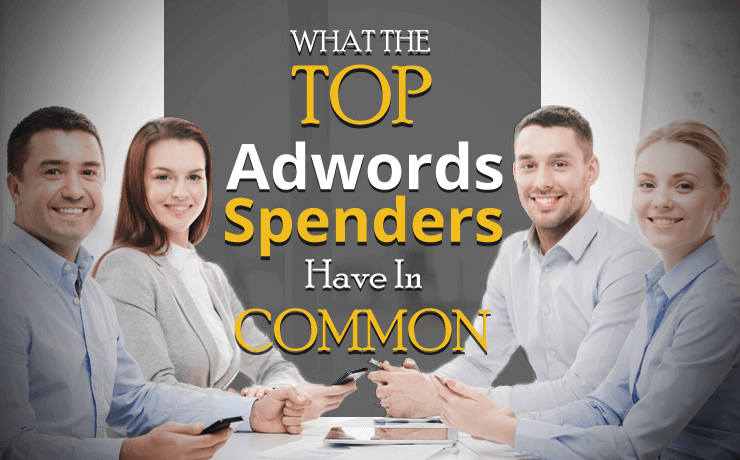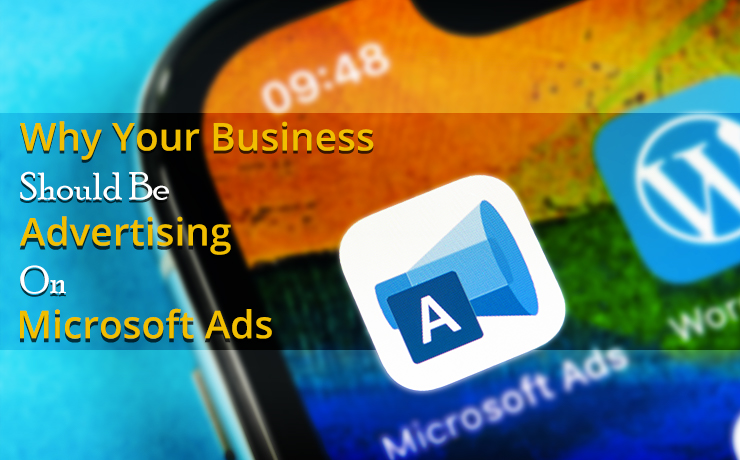What The Top Google Ads Spenders Have In Common

Chad Faith
Director of Content

Google Ads is the Pay Per Click (PPC) advertising platform provided by Google. The way it works is simple: you set an amount you want to pay per click and a maximum spend, you choose a key-phrase you want to target, and then you wait for your visits to come pouring in.
Essentially, each time someone searches for the search string you have selected, a ‘bidding war’ will begin between you and the other advertisers, targeting the same thing. If you win, then your ad will show just above the organic search results or to one side. As so many people use Google to find the things they’re looking for, this is a highly effective way to bring in traffic. If you’re interested, then here is a more in-depth guide to using Google Ads from Google themselves.
As you can imagine, a lot of big brands now rely on Google Ads and a lot of money has been spent on the network ($1.34 billion in 2013). But what can we learn by looking at the very biggest players and what they have in common?
Who Are the Heavy Hitters?
According to a list published by AdAge, the top Google Ads spenders for 2013 were:
- Amazon ($157.70 million)
- Priceline Group ($82.30 million)
- AT&T ($81.90 million)
- Expedia ($71.60 million)
- Microsoft ($67.10 million)
- Experian ($61.80 million)
- Wal-Mart ($59.70 million)
- Sears Holdings Corp. ($59.20 million)
- IAC1 ($53.50 million)
What’s amazing is that Amazon actually spends around $1 a day on Google Ads. This suggests a pretty massive return on investment for the online retailer for that much advertising to be worthwhile.
We can also break this down by industry. According to this infographic, the top-spending industries in 2011 across all of Google’s advertising platforms were Finance & Insurance, retailers and merchandise, travel & tourism, Jobs & Education and Home & Garden.
What Do These Spenders Have in Common?
So what do these companies have in common? Well, the very top spenders are in many cases e-commerce and Fortune 500 companies. This should come as no real surprise – it makes sense for e-commerce companies to promote their products and services online, as that is where they will sell. That means they can make direct conversions and get a more immediate return on investment.
It also makes sense that the richest companies would spend the most on their advertising. In previous posts, we’ve looked at successful social media campaigns by big brands, and often the same names come up like CocaCola and RedBull. These companies can spend a huge amount on advertising because they are big, and they are big because they can spend a huge amount on advertising. Smaller start-ups beware: this is what you are competing with.
What’s interesting though, is that over half of Google’s top spenders sell their products mostly offline. Amazon may sit at the very top with Expedia not far behind, but if you look further down the list there are actually more retailers like John Lewis and Walmart.
It’s important to remember that these companies still also sell online, but also that ‘offline’ businesses have had more time to grow to big levels. It’s also worth bearing in mind though that people still spend more money on physical products than on ‘digital’ products. If you only sell digital products, then you may be missing out.
It’s also worth bearing in mind that companies like John Lewis is probably as interested in increasing brand awareness as they are in direct conversions – and Google Ads can be a very useful tool for this kind of marketing as well. If you want to learn more on how Google Ads can benefit your business, talk to us and find out more!
 Free
Consultation
Free
Consultation Free
Google Ads Audit
Free
Google Ads Audit







